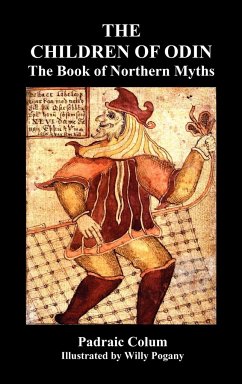The Little Black Fish (mahi siyahe kouchoulou) is a well known children's book written by Samad Behrangi. The book was widely considered to be a political allegory, and was banned in pre-revolutionary Iran (prior to the 1978 revolution). Other than noticeable story, the original illustrations of the book by Farshid Mesghali in 1974 got Hans Christian Andersen Award for children books. Various translations of the book in different languages has been published in different countries. The latest translation of the book in English published in 2015 with its original illustrations. The story is told through the voice of an old fish speaking to her 12,000 children and grandchildren. She describes the journey of a small black fish who leaves the safety of the local stream to venture into the world. The path of the little fish leads down a waterfall and along the length of the river to the sea. Along the way the fish meets several interesting characters, including a helpful lizard and the dreaded pelican. With both wisdom and courage, the fish travels far indeed, and the tale ends with the little black fish as an example for others.
Hinweis: Dieser Artikel kann nur an eine deutsche Lieferadresse ausgeliefert werden.
Hinweis: Dieser Artikel kann nur an eine deutsche Lieferadresse ausgeliefert werden.








